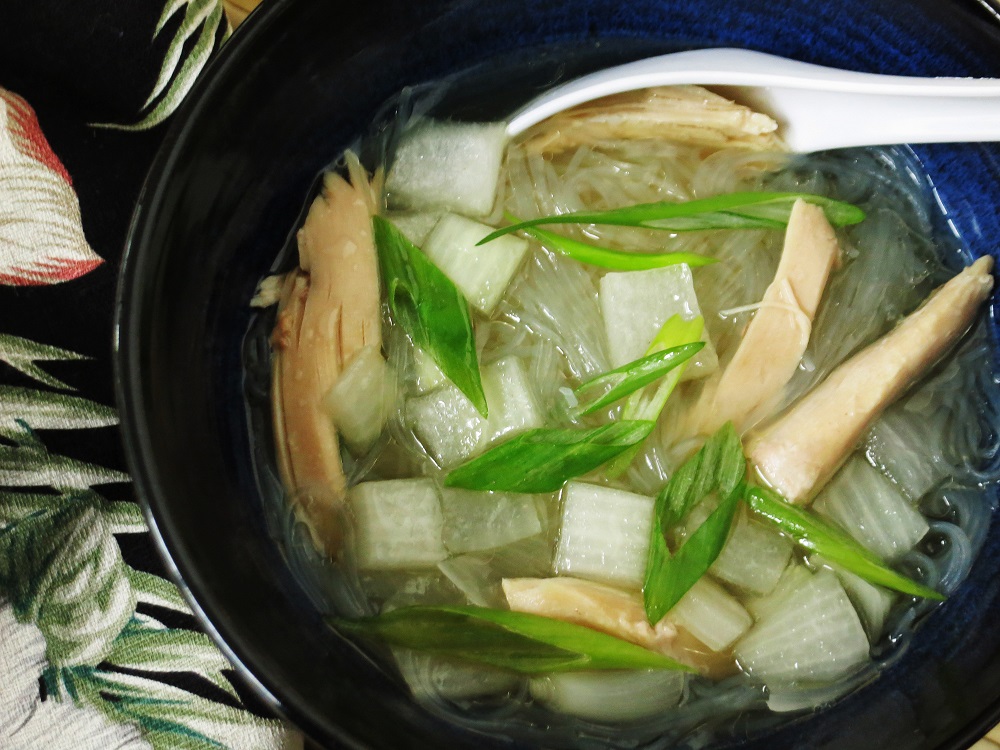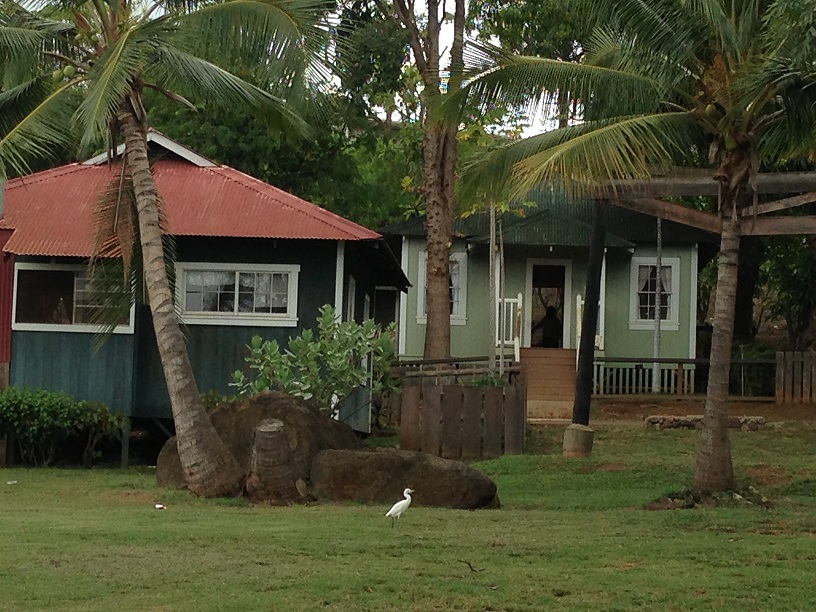Hawai’i’s Plantation Village
 Monday, October 7, 2013 at 4:00AM
Monday, October 7, 2013 at 4:00AM 
By Sandy Hu
The latest from Inside Special Fork
To look at, Hawai’i is the perfect place for leisure – golden sands kissed by aquamarine waves, lush mountains and vivid tropical vegetation. But for immigrant sugar plantation laborers a century ago, it was a place of daily toil, poverty and isolation from home and family.
Back then, sugar was king and so lucrative that plantation owners imported cheap labor from around the world to build the work force they needed. Today, the cane fields are gone; labor having been priced out of the global market. The industry also suffered diminished demand as high-fructose corn syrup replaced sugar in soft drinks. Sugar plantations began to close in the 1970s and in 1995 the last operation was shuttered. Of what was a way of life for thousands of laborers, only an open-air ethnographic museum remains.
You’ll find the museum, Hawaiʻi’s Plantation Village in Waipahu, on the island of O`ahu, an instructive place to learn about the origins of the food culture and customs of Hawai’i that continue to inform how local people eat in the Islands today. I visited the museum last week.
I learned about the museum from author, journalist and historian Arnold Hiura, who explained how these disparate immigrant groups came together by sharing their lunch in the sugarcane fields; a story I shared on Special Fork last week.
According to the docent who led our tour, Lorene, the Hawai’i Sugar Planters Association’s records on housing and immigration proved invaluable in reconstructing the home and life of the immigrants for the museum. While the association was formed for economic reasons – to share scientific research and to promote the sugar industry – the meticulous record-keeping also shed light on the human condition.
At the plantation village, you can visit re-creations of a Portuguese, Puerto Rican, Japanese, Chinese, Okinawan, Korean and Filipino house, each furnished to reflect that particular ethnic group around 1900 to the 1930s. There’s a replica of a plantation store,  where everything was bought on credit and deducted from the worker’s pay. There’s the social hall that turned into a union hall when plantation workers were able to organize. You can visit the infirmary, barbershop, communal furo (Japanese bath) and sumo ring. Each edifice helps to bring the immigrant experience to life. For more pictures of the museum, visit our Facebook page.
where everything was bought on credit and deducted from the worker’s pay. There’s the social hall that turned into a union hall when plantation workers were able to organize. You can visit the infirmary, barbershop, communal furo (Japanese bath) and sumo ring. Each edifice helps to bring the immigrant experience to life. For more pictures of the museum, visit our Facebook page.
Many of Hawai’i’s foods, enjoyed by all ethnic groups today, were introduced by immigrants in these plantation camps. There is a Portuguese outdoor wood-burning oven called a furno, where Portuguese sweet bread was baked. There is a replica of a saimin stand, representing the beloved noodle soup of the Islands. There are large Chinese woks, from which the first stir-fried dishes were produced. Each group contributed its food the Hawaiian melting pot.
One of the Chinese classics, chicken long rice, has become a luau staple. It features chicken and mung bean vermicelli (found in Asian markets), simmered in a tasty soup. Here’s an adaptation from Kau Kau, Cuisine & Culture of the Hawaiian Islands, written by Arnold Hiura and published by Watermark.
To get the recipe and shopping list on your smartphone (iPhone, BlackBerry, Android device) or PC, click here.
Anthony Chang’s Chinese Soup
4 ounces long rice noodles (mung bean vermicelli)
1-1/2 pounds chicken parts, such as thighs
6 cups (48 ounces) low-sodium chicken broth
About 2 teaspoons kosher salt, divided
1/2-inch piece ginger root, sliced
1 small sweet onion, cubed
2 green onions, thinly sliced on the bias
Set long rice noodles in a bowl and cover with hot tap water. Set aside to soften for 30 minutes.
Meanwhile, combine chicken, chicken broth, 1 teaspoon of the salt and ginger into a large pot. Bring to a boil over high heat, then reduce heat to medium-low and simmer until chicken is tender and no longer pink, about 35 minutes. Remove chicken and set aside. Strain broth into a new pot, discarding solids, and put back on the burner. Taste for seasoning and add additional salt, if needed.
Stir onion into the broth and bring to a boil, then reduce heat to medium-low.
Meanwhile, remove the skin and bones from the chicken and discard. Shred the meat with your fingers and add to the broth with noodles. Simmer until noodles are tender, 15 to 20 minutes. Garnish with green onions before serving.
Makes 4 servings.
Note: You can buy the noodles at an Asian supermarket. The noodles are stiff, dry and wound together like skeins of yarn.
Recipe adapted from Kau Kau, Cuisine & Culture of the Hawaiian Islands, by Arnold Hiura, published by Watermark.
Special Fork is a recipe website for your smartphone and PC that solves the daily dinnertime dilemma: what to cook now! Our bloggers blog Monday through Friday to give you cooking inspiration. Check out our recipe database for quick ideas that take no more than 30 minutes of prep time. Follow us on Facebook , Twitter, Pinterest, and YouTube.
Related posts:
Reader Comments